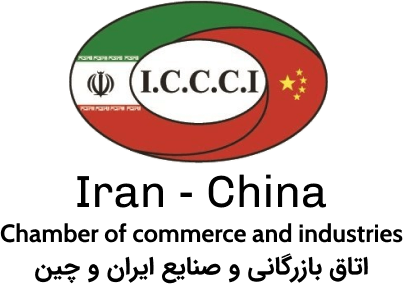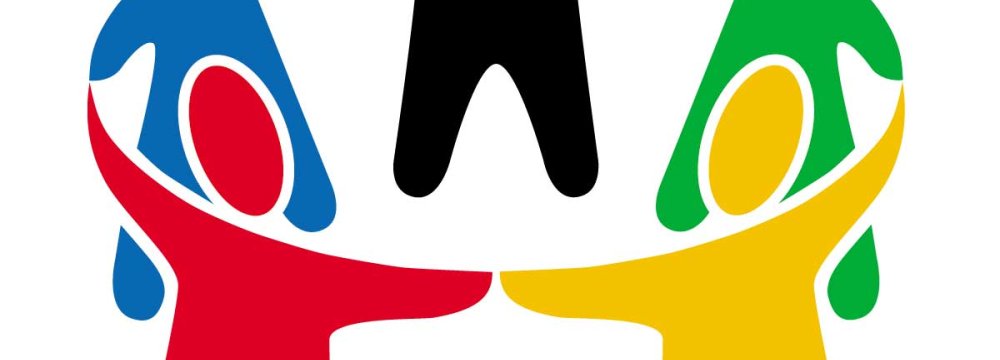Iran’s cooperatives exported $800 million worth of goods in the first half of the current Iranian year (March 21-Sept. 22), according to a deputy minister of cooperatives, labor and social welfare.
“The top five export destinations were Iraq, Pakistan, Afghanistan, Russia and Turkey,” Mehdi Maskani was also quoted as saying by ISNA.
The exports mainly included agricultural products, foodstuff, handicrafts, handwoven carpets and mineral products.
Cooperatives of Khuzestan and Fars provinces in the south, Khorasan Razavi and Golestan in the northeast and Alborz in central Iran were the main exporters during the period.
A cooperative refers to a firm owned, controlled and operated by a group of users for their own benefit. Each member contributes equity capital and shares in the control of the firm on the basis of one-member, one-vote principle (and not in proportion to his or her equity contribution). These are enterprise engaged in the production or distribution of goods or the supply of services, operated by its members for their mutual benefit, typically organized by consumers or farmers.
Cooperative businesses are typically more economically resilient than many other forms of enterprise, with twice the number of cooperatives surviving their first five years compared with other business ownership models. They frequently pursue social goals by investing a proportion of trading profits back into their communities.
The parliament has tasked the government with increasing the share of cooperatives in gross domestic product to 25% by the end of the Sixth Five-Year Development Plan (2022). However, official estimates put the current share at around 6%.





